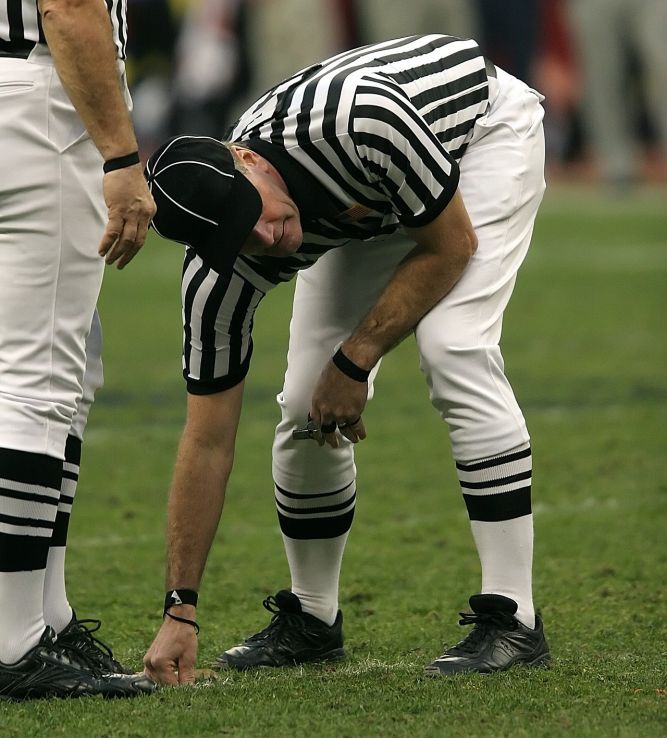
On July 31, 2020, the Patent Trial and Appeal Board (“Board”) issued a decision in Ex parte Marco (Appeal No. 2020-000873) reversing an Examiner’s rejection for failure to comply with the written description requirement.
The written description controversy in Marco centered on a requirement in claim 2 for a hat having an opposing pair of under-chin straps that were “at least about one inch in width.” According to the Applicant, the width of “at least about one inch” was supported by the original specification, particularly the embodiments illustrated Figures 5 and 7 (shown below):

With respect to Figures 5 and 7, the Applicant explained that the grid patterns were customary on pattern fabric cutting boards and corresponded to 1-inch squares. What’s more, the specification stated, “FIGS. 5 and 7 [have scales] in centimeters and inches.”
Nevertheless, the Examiner maintained the rejection. The Examiner took issue with the absence of a scale in Figures 5 and 7 (apparently unpersuaded that the grid patterns were customary), the specification generally stating the drawings were not necessarily drawn to scale, and the slant of the grids in figures 5 and 7, which she argued “skew[ed] any ability to determine a measurement from the figures.” The Examiner further argued that “at least about one inch” would encompass straps that were 20 inches wide and there was no support for such a broad range.
The Board rejected all of the Examiner’s arguments and reversed the rejection. First, the Board found that the indication in the specification that the drawings were not to scale did not detract from the specific disclosure that the scales shown in Figures 5 and 7 were in centimeters and inches. Second, the Board agreed with the Applicant’s position that a person of ordinary skill in the art (POSA) would have recognized the grid patterns were 1-inch squares customarily used in pattern fabric cutting boards.
Finally, the Board held that “at least about one inch” would not encompass straps that were 20 inches wide as alleged by the Examiner because a POSA would have understood the width of the straps to be limited in range to straps that are positioned below or beneath the chin of the wearer, i.e., under-chin straps.
Element IP is currently offering a lecture on best practices for claiming ranges which covers situations like that described above, and many others. Given the importance of ranges, particularly in the chemical arts, please contact us if you would be interested in receiving this lecture.
Takeaways: It is well-known that information in any of the specification, claims, or drawings may be added to any other part of the application without introducing new matter. Thus, it is important to consider what disclosures can be extracted from the specification and drawings when seeking to claim a specific dimension.
In addition, when claiming a range without a literal upper limit (e.g., “at least X”), it is important to consider whether the specification includes a broad open-ended disclosure that would support such a range and if not whether there is an implicit upper limit. In In re Wertheim, the Court of Customs and Patent Appeals held that the range “at least 35%” did not meet the description requirement where the specification described a broad range of “25%–60%” and included specific examples at “36%” and “50%” because the phrase “at least” had no upper limit and caused the claim to read literally on embodiments outside the “25%–60%” range. Compare the facts of Wertheim with Marco where the Board found that although “at least about an inch” did not have an upper limit, it was “restricted to the functional realities of the recited components, which are ‘under-chin straps’ such that the straps must be dimensioned in its width for under-chin placement and use.”
Judges: K. Turner, D. Song, A. Reimers
by Beau Burton
Beau B. Burton, Ph.D., was a founding partner of Element IP. His practice focused on patent procurement, post-grant proceedings, including inter partes reviews (IPRs) and ex parte re-examination, and patent validity and infringement opinions.
